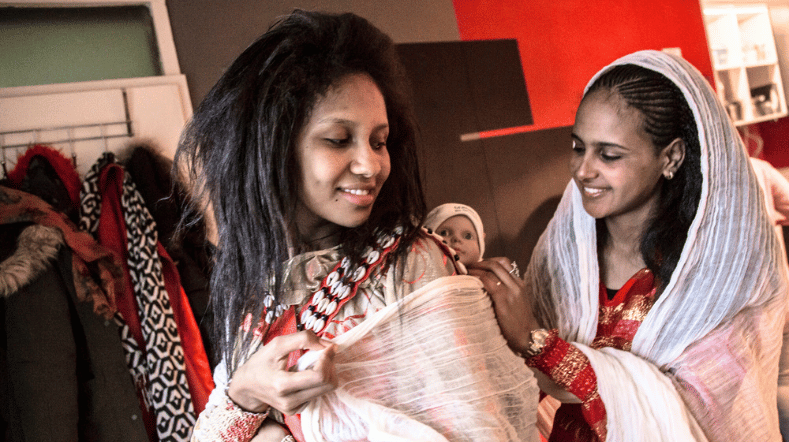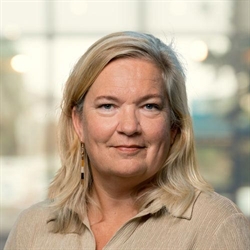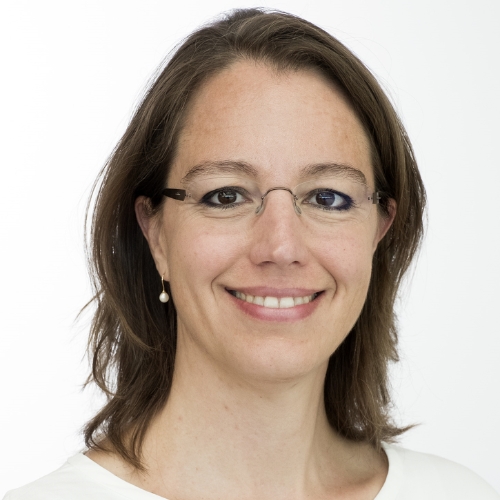Meet the expert: D-score as a new outcome measure for child development
The Development score (D-score) by TNO, which has been accepted as a unit of measurement by the WHO, it is possible to gain insight into the social, cognitive and motor development of young children at a glance and summarised in one figure.
- Startdatum:
- Time:
- 14:00 - (CET)
- Location:
-
Online, Microsoft Teams
- Costs:
-
Free
How do you measure children's development in a good, globally uniform way? Until recently, only height and weight were determined somewhat equally everywhere. There was no clear scoring method for the general development of children.
The Development score (D-score) by TNO, which has been accepted as a unit of measurement by the WHO, changes this. With the D-score it is possible to gain insight into the social, cognitive and motor development of young children at a glance and summarised in one figure. The D-score makes it possible to gain insight into similarities and differences.
We are happy to discuss the D-score with you and what the method can mean for your specific research. There are a limited number of places available, so sign up quickly to secure your spot.
Programme
Welcome
Welcome by Yvette Fleming, Moderator meet the experts, Senior Business Developer Child Health and Innovation for Development.
Introduction D-Score: concept and principles
Introduction D-score by Stef van Buuren (TNO). The D-score makes it possible to provide insight into the social, cognitive and motor development of young children at a glance. But what is behind this score and what is the advantage of the uniform unit of measurement? The following topics will be discussed:
- Many instruments available – item is basic building block;
- One score that works for all instruments – use ICC for ability;
- Growth diagram for development – as standard reference;
- Use diagram for population comparisons, between groups, and track individual development, between children.
How does the D-score work?
Iris Eekhout shares more about how the D-score works. Topics that will be discussed:
- Scoring is not bound to one specific tool, but universal to many instruments that assess early child development.
- Population level monitoring: GSED study to enhance D-score to a global score (brief overview of study). D-score can be used as population indicator to compare between groups.
- Programmatic evaluations: GSED SF an GSED LF, but also existing instruments to compare scores and effects measured in previous studies.
- Software: dscore package, dcalculator app.
Working with D-score
An insight into what working with the D-score looks like in practice by Tanja Houweling and Laurens van Buren. An innovation only works when it is embedded within policy frameworks. What can the D-score mean as input for research and policy?
- How and why do we measure and monitor worldwide (population) differences in early child development with the D-score?
- How do we combine and compare assessment results from different instruments that measure early child development with the D-score?
- How can we improve monitoring and evaluation of individual child development with the D-score?
Send in your questions partners will reflect on to [email protected].
Wrap up and questions
Time for questions and discussion
What to expect and for whom?
D-score overviews, measuring and application, research insight, interactive session where also your questions will be answered, and network opportunity. This meet the experts-meeting is for researchers and epidemiologists in:
- Public health
- Youth health
- Pediatric health
- Developmental psychology
- Child health
- Global health
Sign up
Meet our experts who are happy to discuss the D-score with you and what the method can mean for your specific research.
Get inspired
Group Care during the first 1000 days makes a difference around the world


Eight things to know about the D-score


D-score in practice: simplifying the complexity of a childs development


First 1000 days









